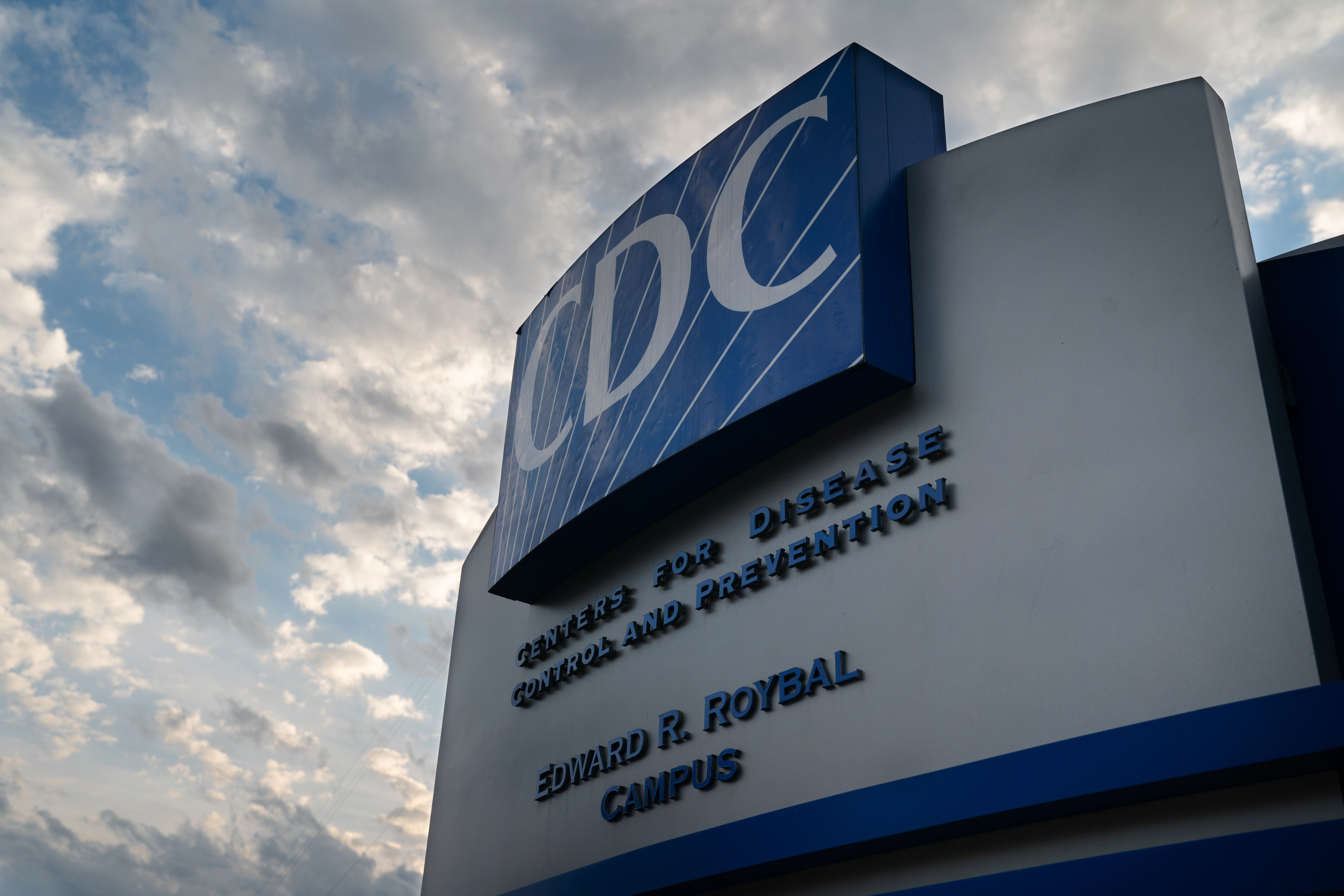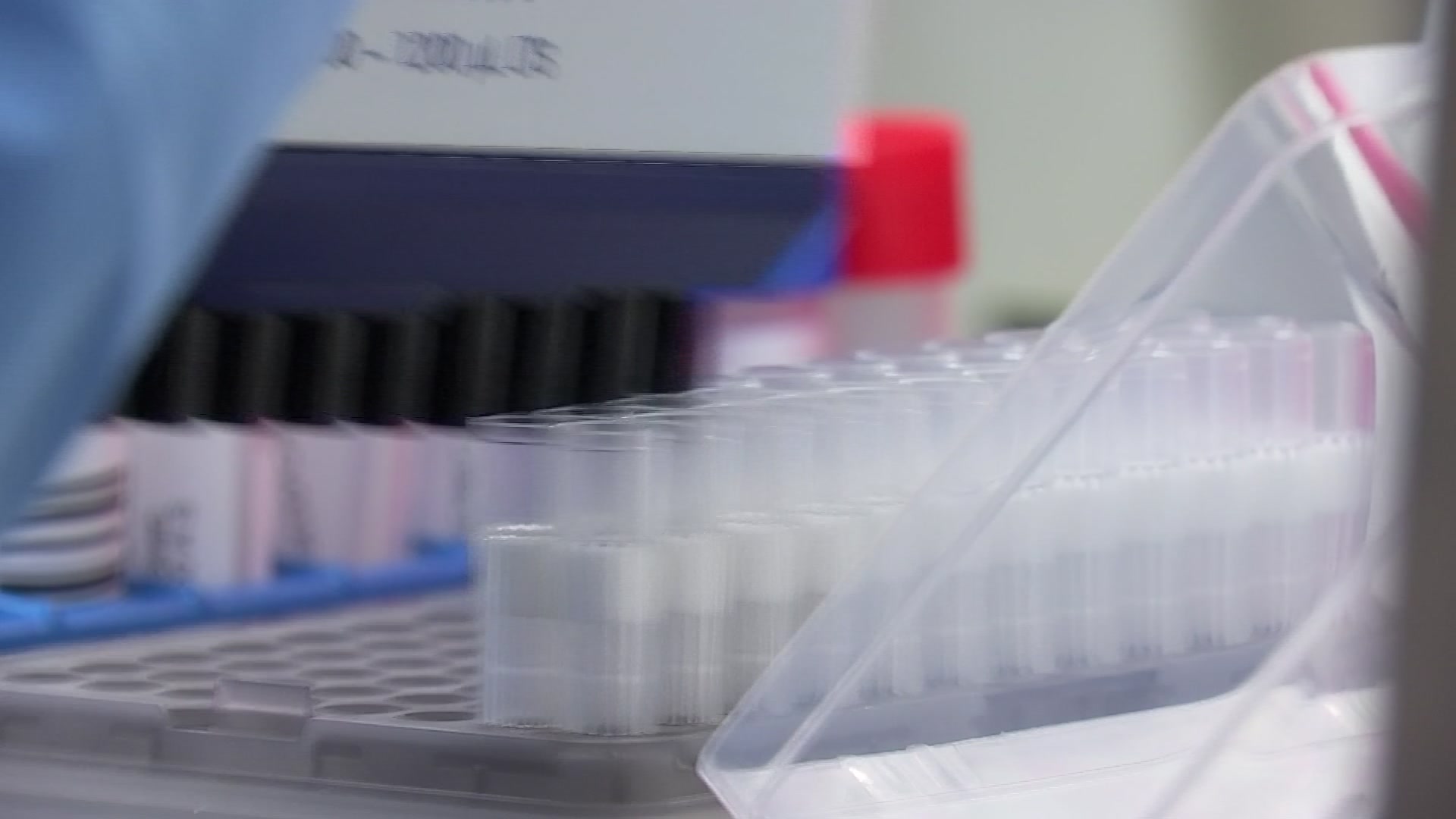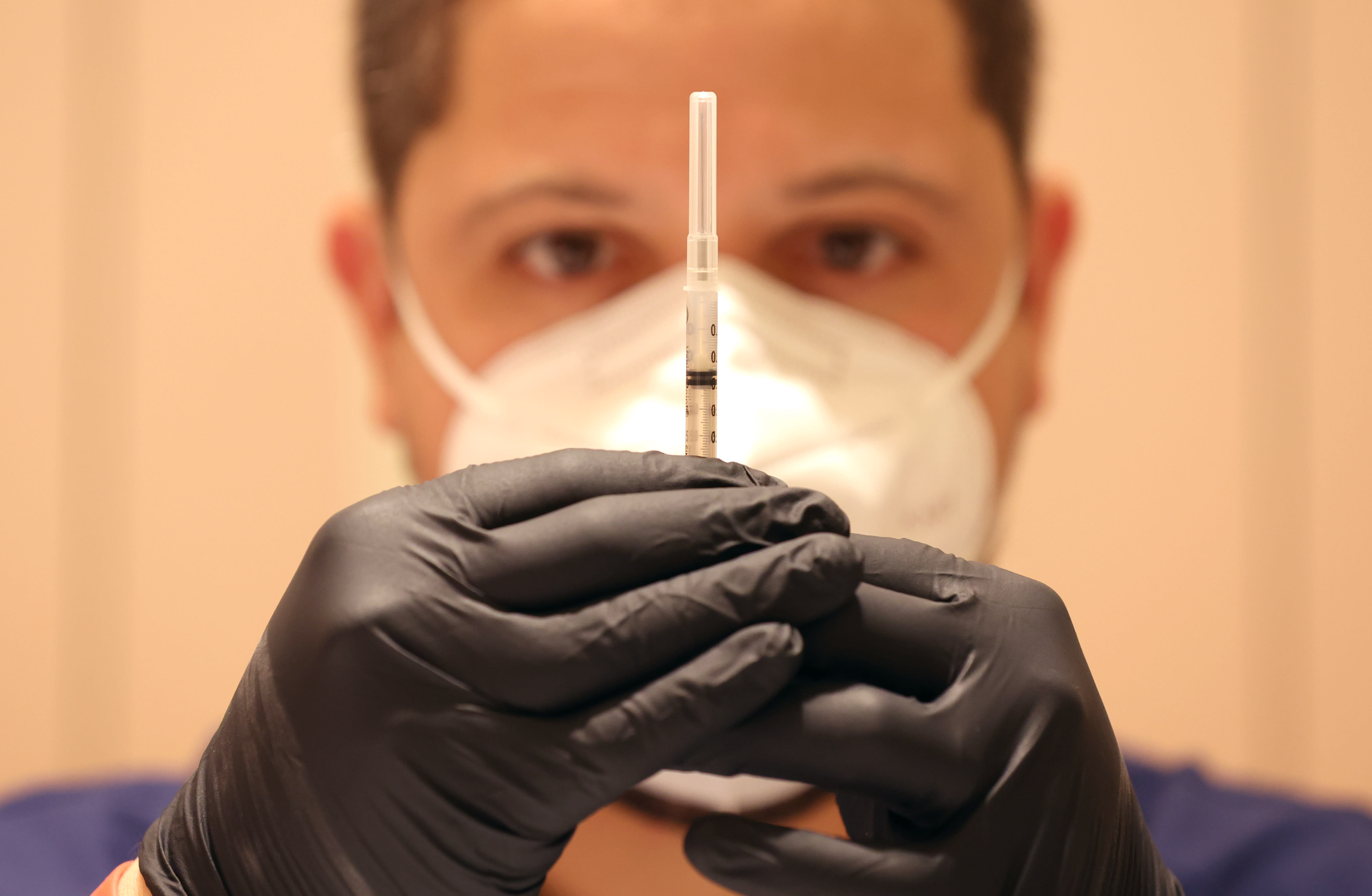A highly-transmissible mutation of the omicron COVID variant known as BA.5 is raising concerns globally as it continues to gain traction in several countries, sparking new waves of cases and, in some instances, hospitalizations.
The rise in case rates, even as metrics remain uncertain due to at-home COVID test availability, has sparked warnings and renewed calls for masking in some locations.
So what is it about the new variant that makes it particularly concerning and what should you be watching for?
Here's what we know so far.
What should you know about BA.5?
As of July 2, the subvariant BA.5 was responsible for nearly 54% of COVID cases in the U.S. BA.4, a similar subvariant, accounted for nearly 17% more, according to the latest data from the Centers for Disease Control and Prevention.
David Montefiori, a professor at the Human Vaccine Institute at Duke University Medical Center, told NBC News that BA.4 and BA.5 are about three times less sensitive to neutralizing antibodies from existing COVID vaccines than the original version of the omicron variant, BA.1. Additional research suggests that BA.4 and BA.5 are four times more resistant to antibodies from vaccines than BA.2. That subvariant replaced omicron as the U.S.'s dominant version of the coronavirus in April.
The European Medicines Agency’s Marco Cavaleri told an online briefing that the BA.4 and BA.5 mutations are expected to become dominant across the continent, “likely replacing all other variants by the end of July.”
He said that while there is no evidence the variants make people more sick than earlier strains of the virus, “the increase in transmission among older age groups is starting to translate into severe disease.”
Feeling out of the loop? We'll catch you up on the Chicago news you need to know. Sign up for the weekly Chicago Catch-Up newsletter.
Which symptoms should you watch for?
The U.K., where BA.4 and BA.5 infections also account for the majority of recent COVID cases, reported runny nose, sore throat, headache, persistent cough and fatigue as its most common symptoms last week.
Less than one-third of people surveyed reported fevers, according to data from the Zoe COVID Symptom Study, which allows people to self-report symptoms through smartphone apps. The symptoms are consistent with those reported in the spring, when the BA.2 subvariant was dominant in the country.
According to the University of California Davis Health, the reported symptoms of BA.5 are similar to previous COVID variants: fever, runny nose, coughing, sore throat, headaches, muscle pain and fatigue. At this point, there doesn't appear to be a difference in the symptoms seen in BA.4 or BA.5 cases, compared to earlier omicron strains.
If you had COVID before, how protected are you from BA.5?
Francois Balloux, the director of the University College London Genetics Institute, said while BA.1 and BA.2 are "pretty different...BA.2, BA.4 and B.5 from a neutralizing antibody perspective are essentially interchangeable."
Because of that, people who had BA.2 infections may have some protection from the latest subvariants, he said. While they spread quicker than any others, BA.4 and BA.5 haven’t been found to cause more severe disease, according to doctors.
"There’s really no clear evidence that they’re more or less likely to make people sick and cause severe illness and death," stated Montefiori.
Dr. Nathan Grubaugh, an epidemiologist at the Yale School of Public Health, said people need to understand that variants like Omicron and BA.5 are a natural part of the progression of the virus.
“Delta was never going to be the last variant—and Omicron is not going to be the last one," he said, according to an article on the school's website. "As long as there is a COVID-19 outbreak somewhere in the world, there is going to be something new that emerges.”
What steps can you take to protect yourself?
The best way to prevent new variants, Grubaugh and other doctors say, is to get vaccinated and booster shots. If more people are fully vaccinated, the opportunity for the virus to spread and mutate decreases, they contend.
The European Union said Monday it's “critical” that authorities in the 27-nation bloc consider giving second coronavirus booster shots to people between the ages of 60 and 79 years and other vulnerable people, as a new wave of the pandemic sweeps over the continent.
"With cases and hospitalizations rising again as we enter the summer period, I urge everybody to get vaccinated and boosted as quickly as possible. There is no time to lose,” European Commissioner for Health and Food Safety Stella Kyriakides said in a statement.
ECDC Director Andrea Ammon said that the new wave is being driven by the highly transmissible BA.5 mutation of the omicron variant of the coronavirus.
‘This signals the start of a new, widespread COVID-19 wave across the European Union," she said. “There are still too many individuals at risk of severe COVID-19 infection whom we need to protect as soon as possible. We need to remind people of the importance of vaccination from the very first shot to the second booster. We have to start today.”
Meanwhile, New York City public health officials on Friday urged residents to return to indoor mask-wearing, noting how they're seeing high levels of COVID-19 infection.
To help slow the spread, the city's Department of Health and Mental Hygiene recommended in a tweet that “all New Yorkers should wear a high-quality mask, such as an N95, KN95 or KF94 in all public indoor settings and around crowds outside."
What else should you know?
The spread of BA.5 also comes as scientists worry about a new omicron mutant — called BA2.75 — that is gaining ground in India and popping up in other countries.
Scientists say the new variant may be able to spread rapidly and get around immunity from vaccines and previous infection. It’s unclear whether it could cause more serious disease than other omicron variants, including BA.5.
“It’s still really early on for us to draw too many conclusions,” said Matthew Binnicker, director of clinical virology at the Mayo Clinic in Rochester, Minnesota. “But it does look like, especially in India, the rates of transmission are showing kind of that exponential increase." Whether it will outcompete BA.5, he said, is yet to be determined.
Still, the fact that it has already been detected in many parts of the world even with lower levels of viral surveillance “is an early indication it is spreading,” said Shishi Luo, head of infectious diseases for Helix, a company that supplies viral sequencing information to the U.S. Centers for Disease Control and Prevention.
The latest mutant has been spotted in several distant states in India, and appears to be spreading faster than other variants there, said Lipi Thukral, a scientist at the Council of Scientific and Industrial Research-Institute of Genomics and Integrative Biology in New Delhi. It’s also been detected in about 10 other countries, including Australia, Germany, the United Kingdom and Canada. Two cases were recently identified on the West Coast of the U.S., and Helix identified a third U.S. case last week.
Fueling experts’ concerns are a large number of mutations separating this new variant from omicron predecessors. Some of those mutations are in areas that relate to the spike protein and could allow the virus to bind onto cells more efficiently, Binnicker said.
Another concern is that the genetic tweaks may make it easier for the virus to skirt past antibodies — protective proteins made by the body in response to a vaccine or infection from an earlier variant.




